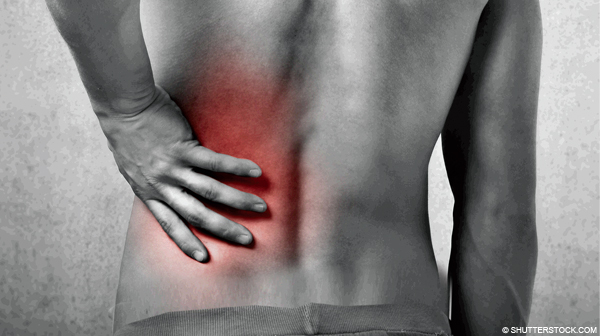
So the next time you see a patient writhing in pain, saying, “Doc, it’s like my last kidney stone,” think twice before ordering the CT. Provide pain relief, get a urinalysis, and if you have an ultrasound and know how to identify hydronephrosis, throw on the probe. Hematuria or hydronephrosis on the side of the patient’s pain can help confirm your strong clinical suspicion of kidney stone. If your patient has both, it’s even more likely. If you have a real suspicion of another serious problem or can’t make the patient feel well enough to go home, order a CT. Practicing cost-effective care for patients with recurrent renal colic will reduce your patients’ exposure to radiation and can shorten their length of stay, both of which will improve their satisfaction.
Explore This Issue
ACEP Now: Vol 33 – No 01 – January 2014References
- Fwu CW, Eggers PW, Kimmel PL, et al. Emergency department visits, use of imaging, and drugs for urolithiasis have increased in the United States. Kidney Int. 2013;83:479-486.
- Westphalen A, Hsia RY, Maselli JH, et al. Radiological imaging of patients with suspected urinary tract stones: national trends, diagnoses, and predictors. Acad Emerg Med. 2011;18:699-707.
- 2013 OPPS NPRM Cost Statistics Files for CPT 74176/ APC 0331. Centers for Medicare and Medicare Services. Accessed on December 5, 2013. Available at: http://www.cms.gov/Medicare/Medicare-Fee-for-Service-Payment/HospitalOutpatientPPS/Hospital-Outpatient-Regulations-and-Notices-Items/CMS-1589-P.html.
- Dalziel JP, Noble VE. Bedside ultrasound and the assessment of renal colic: a review. Emerg Med J. 2013;30:3-8.
- Mandavia DP, Aragona J, Chan L. Ultrasound training for emergency physicians: a prospective study. Acad Emerg Med 2000;7:1008e14.
- Kartal M, Eray O, Erdogru T, Yilmaz S. Prospective validation of a current algorithm including bedside US performed by emergency physicians for patients with acute flank pain suspected for renal colic. Emerg Med J. 2006;23:341-344.
- Lindqvist K, Hellström M, Holmberg G, et al. Immediate versus deferred radiological investigation after acute renal colic: a prospective randomized study. Scand J Urol Nephrol. 2006;40:119-124.
 Dr. Lin is an attending emergency physician and a fellow in the Division of Health Policy Research and Translation in the Department of Emergency Medicine, Brigham and Women’s Hospital in Boston. She also serves as an instructor at Harvard Medical School.
Dr. Lin is an attending emergency physician and a fellow in the Division of Health Policy Research and Translation in the Department of Emergency Medicine, Brigham and Women’s Hospital in Boston. She also serves as an instructor at Harvard Medical School.
 Dr. Schuur is Vice Chair of Quality and Safety and Chief of the Division of Health Policy Research and Translation in the Department of Emergency Medicine, Brigham & Women’s Hospital in Boston. He also serves as assistant professor at Harvard Medical School.
Dr. Schuur is Vice Chair of Quality and Safety and Chief of the Division of Health Policy Research and Translation in the Department of Emergency Medicine, Brigham & Women’s Hospital in Boston. He also serves as assistant professor at Harvard Medical School.
Pages: 1 2 3 | Single Page






No Responses to “A Cost-effective Way to Evaluate Patients with Recurrent Renal Colic”